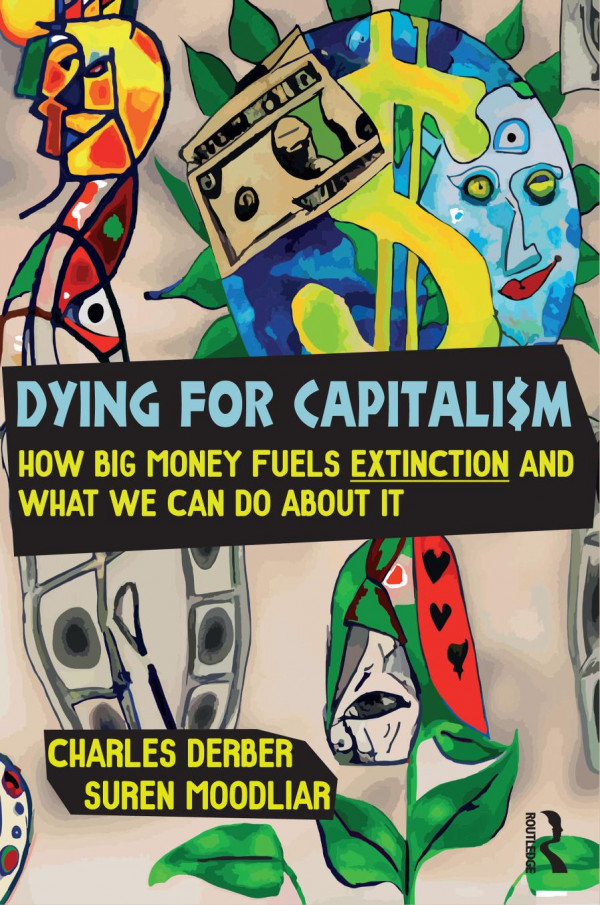

Most ebook files are in PDF format, so you can easily read them using various software such as Foxit Reader or directly on the Google Chrome browser.
Some ebook files are released by publishers in other formats such as .awz, .mobi, .epub, .fb2, etc. You may need to install specific software to read these formats on mobile/PC, such as Calibre.
Please read the tutorial at this link: https://ebookbell.com/faq
We offer FREE conversion to the popular formats you request; however, this may take some time. Therefore, right after payment, please email us, and we will try to provide the service as quickly as possible.
For some exceptional file formats or broken links (if any), please refrain from opening any disputes. Instead, email us first, and we will try to assist within a maximum of 6 hours.
EbookBell Team

4.0
96 reviewsThis is an original, accessible book for scholars, students, activists, and the general public on the greatest crisis the world has faced. The authors challenge the widespread notion that a green and peaceful set of technological reforms in the current economic and political system – perhaps a “green capitalism” – can prevent disaster. Dying for Capitalism analyzes the “triangle of extinction” that links capitalism, environmental destruction, and militarism as a system that cannot sustain life on the planet. The authors analyze how the extinction triangle evolved historically, how it functions globally as integral to the world capitalist order, and how the United States has become the dominant “extinction nation.” They also show how recent anti-democratic and anti-scientific cultural and political forces intensify denial of the threat and subordinate health and survival to profit and extreme concentrated power.
The book offers a “slender path” of social and political transformation that can prevent catastrophe. The path requires moving beyond current ruling systems. But possibilities of survival arise from action at local, state, regional, and global levels through multiple strategies and movements that already exist. The authors draw on the history of abolitionism and emancipation from slavery in the United States to show how a system that appears unchangeable can be transformed, while describing organizations, movements, and practices that are models of hope and a shift from the triangle of extinction to the “circle of creation.”